Swachh Bharat’s forgotten soldiers
Swachh Bharat’s forgotten soldiers
They live and die off official rolls, on the fringes of ambitious govt cleanliness missions, and down the drains of cities.
It’s 5 am. In the darkness of the pre-dawn sky, dispelled only partially by the dim streetlights, Titu pries open the 80-kg manhole lid with a crowbar. A few dozen cockroaches escape from underneath the lid as does a putrid stench that permeates the air. “Live cockroaches are a good sign. This is how we know that gas levels inside aren’t deadly enough to kill us instantly,” says Titu.
Titu, 25, calls himself “senior” — he started descending into sewers when he was only 15 years old after his father, a municipal sweeper, was paralysed by a stroke. His “junior” Joney, 21, strips down to an underwear, fastens a harness around his shoulder, and lowers his bare body into the 7-ft-deep pit. The other end of the rope is left outside just in case the fumes inside are so strong that they knock him out unconscious. Wading waist-deep in the cesspit of human excreta and decomposed garbage, Joney cups his hands together, scoops out the sludge that has blocked the sewer and piles it into the bucket that has been lowered down with a rope. The bucket, once filled to the brim, is pulled out, emptied by a third co-worker, Tarzan, who then lowers it back in. At day break, the mounds of emptied-out muck will be ferried off to the community bin by Vimla, the safai wali.
 On the anniversary of Swachh Bharat, Shalini Nair enters the worlds of three of the nameless, faceless: Titu, Joney, Tarzan. (Express Photo: Tashi Tobgyal)
On the anniversary of Swachh Bharat, Shalini Nair enters the worlds of three of the nameless, faceless: Titu, Joney, Tarzan. (Express Photo: Tashi Tobgyal)
As another anniversary of the Swachh Bharat Mission approaches on October 2, Ghaziabad, like municipalities elsewhere, is rushing to clean up its act, with a renewed thrust on building toilets. But across the country, every few days, men die entering clogged sewer pits, overpowered by the toxic gases inside. The deaths jolt, but only temporarily.
Ghaziabad is racing to meet another deadline of the government: It is one of the proposed smart cities. In lanes such as those where Titu works, there is little to show for either.
The municipal corporation has merely 10 jetting machines and two super-sucker machines for cleaning the main sewers in its 100 civic wards that are spread over an area of 220 sq km. For the service lines inside the narrower lanes, municipal officials confirm that there is not a single small machine available. The gap is filled by a legion of contract or daily-wage workers such as Titu, Joney, Tarzan, all Balmiki Dalits, who do the job for the municipal body.
Bezwada Wilson, Magsaysay awardee and founder of the Safai Karamchari Andolan, says that at the time of launching the Swachh Bharat Mission three years ago, eliminating manual scavenging in cities and villages was talked about extensively but since then, the entire focus is on counting the number of toilets constructed. ‘’Municipalities, railways, state government agencies, all are responsible for being the largest employers of manual scavengers, either directly or through contractors. But they are all in denial mode. Dalit lives don’t matter,’’ he says.
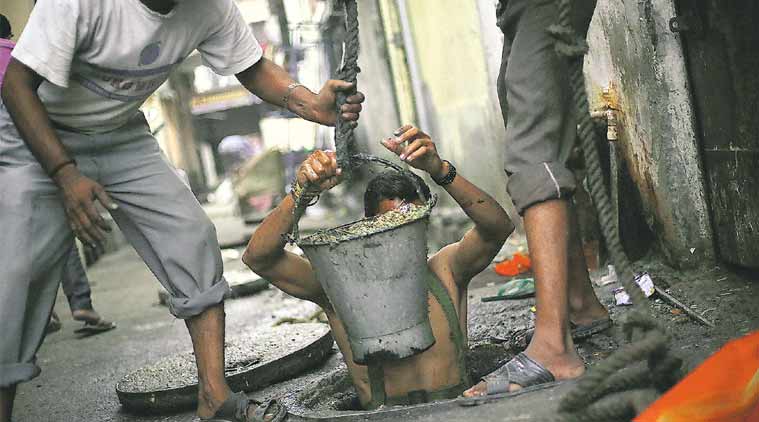 (Express Photo: Tashi Tobgyal)
(Express Photo: Tashi Tobgyal)
It has been two decades since the Ministry of Social Justice, set up for the betterment of Dalits, outlawed manual scavenging in India. Till date, Balmiki women in the countryside carry human waste from dry latrines on their heads while men, both in villages and cities, begin their day by cleaning the septic tanks and sewers, often contracted to do the work by municipal and government agencies.
While manual scavenging was outlawed in 1993, the use of men for cleaning of sewers and septic tanks was recognised as manual scavenging only as recently as 2013 in the amended The Prohibition of Employment as Manual Scavengers and their Rehabilitation Act. The legislation required a survey of those engaged in all forms of manual scavenging to be completed within two months. Four years later, with the official data accounting for merely 13,368 manual scavengers, officials say that only those many are eligible for rehabilitation.
Statistics are telling. The lack of it even more so. In the case of manual scavengers, not accounting for their lives and deaths makes it easier to deny their very existence.
Delhi’s sewers and septic tanks alone have claimed a total of 12 lives over the last three months. But as per the official numbers available with the Union Ministry of Social Justice and Empowerment, the country’s capital has zero manual scavengers. Twenty-two other states, including Maharashtra, Gujarat, Haryana, and Jharkhand, also show not a single case of manual scavenging either in its cities or its villages. Barring the three states of UP, Karnataka, and Punjab, none admit to having manual scavengers in their villages.
Compare this to the Socio Economic Caste Census, which shows that in rural India alone, 1.82 lakh households have at least one member working as a manual scavenger. Then there are Census 2011 numbers, which show that a total of 21 lakh households either dispose their night-soil in open drains or use dry latrines, both of which need to be serviced by manual scavengers. Both SECC and Census data do not take into account those engaged in the far more perilous forms of the practice — the cleaning of septic tanks and sewage systems.
So if they don’t exist, who are the men who have been entering the sewage pits and dying?
Data compiled by the Union government, based on media reports, states that in the seven years since 2010, there have been a little over 70 cases of people who have died while cleaning septic tanks and sewers across the country. However, according to the Safai Karamchari Andolan (SKA), the petitioner in the Supreme Court case on the matter, in the nine months of this year alone, there have been 107 verified instances of such deaths. The SKA pegs the body count at 1,560 since 1993, when manual scavenging was first outlawed in India. “In 2014, the Supreme Court had ordered payment of Rs 10 lakh in all cases of deaths since 1993. Our numbers are an underestimate based on whatever data we could gather on cases prior to the court judgment,” says the SKA’s Divas Vats.
***
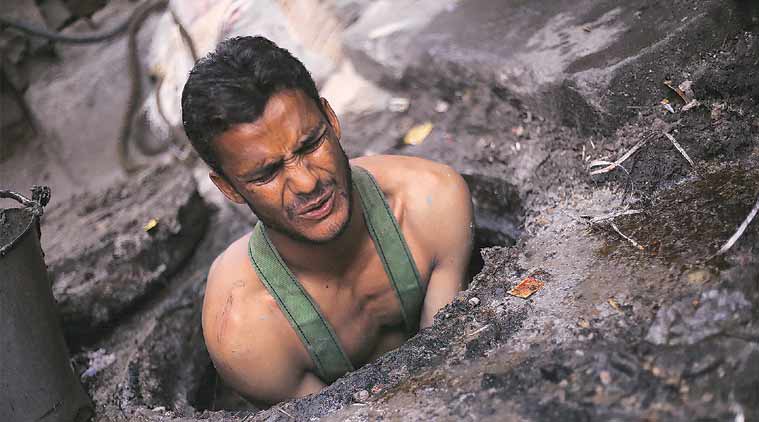 (Express Photo: Tashi Tobgyal)
(Express Photo: Tashi Tobgyal)
Every day at 4 am, Titu and Joney travel 15 km from Bhadauli village in Ghaziabad district to the town, mostly in shared tempos and partially on foot. By 7 am, the neighbourhood of Raj Nagar, Sanjay Nagar, and Kavi Nagar in Ghaziabad comes alive, and before that, they have to finish cleaning 15-20 manholes. “We enter each manhole once in 20 days and clean it. The sewers have to be unclogged before the people are up and start flushing their toilets, else the muck starts rising while we are still inside,” says Titu.
Most of the manholes today are in the narrow alleys between two rows of houses and shops. These are the most difficult to clean. In addition to the human waste from toilets, homes here also spew out plastic bottles/bags, condoms and garbage, and restaurants throw out food and oil, all of which make their way from the small nullahs outside homes into the sewers, clogging them further. At one point, the muck that Joney scoops out has a bunch of blades in it. Titu points to the stitches and deep cuts on his feet and talks of his many infections and injuries from stepping bare-foot on sharp objects.
An hour later, as day breaks and work moves to the main road, the 7 am deadline appears even more daunting. Tarzan opens a manhole lid and inside, the black slime starts bubbling. One of them lights a match and drops it inside. The air above the slime instantly bursts into flames. “The gas is very concentrated here. Not safe to go in,” he declares. Tarzan stirs the sludge with a bamboo stick while Titu opens another manhole lid, at the other end of the street, so that the gases dissipate. Ten minutes later, Joney enters the manhole and, as expected, waste from the toilets of the now-awake neighbourhood starts gushing into the manholes.
Titu’s co-worker, whom he fondly refers to as “Veeru bhaiya”, died on September 11. Unlike the many recent cases of deaths inside sewers due to asphyxiation, Veeru’s death never made any headlines. He had simply taken ill due to breathlessness and passed away within days of being admitted to a hospital. Despite having worked inside the city’s sewers for more than two decades, at the time of his death, Veeru was still not a permanent municipal worker. Like Titu, he too earned Rs 7,500 a month or Rs 250 a day and never had access to basic protective gear, preventive healthcare, or medical facility.
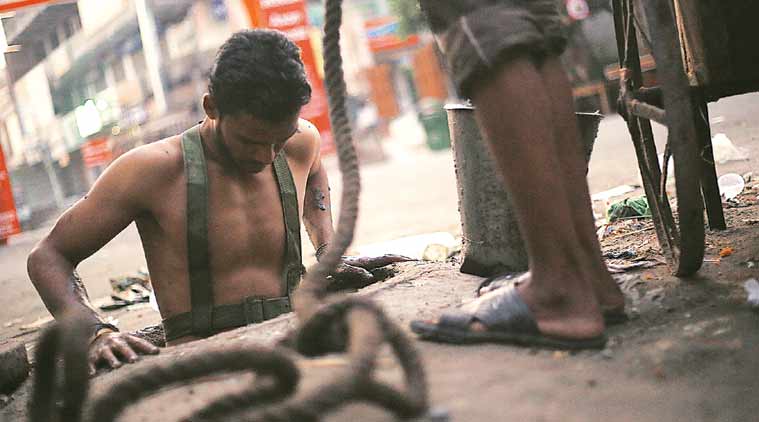 Joney, 21, strips down to an underwear, fastens a harness around his shoulder, and lowers his bare body into the 7-ft-deep pit. He has to unclog the sewer before people in the Ghaziabad neighbourhood are up and start flushing their toilets, “else the muck starts rising while we are still inside”. (Express Photo: Tashi Tobgyal)
Joney, 21, strips down to an underwear, fastens a harness around his shoulder, and lowers his bare body into the 7-ft-deep pit. He has to unclog the sewer before people in the Ghaziabad neighbourhood are up and start flushing their toilets, “else the muck starts rising while we are still inside”. (Express Photo: Tashi Tobgyal)
In Veeru’s one-room tenement, which has been without electric supply for last two days owing to unpaid bills, his wife and children are still clueless about the ailment he suffered from. “Bus, doctor ne kaha ki fefde puri tarah sikud gaye hain. Unme paani bhi bhara hua tha (The doctor said his lungs had shrunk entirely. There was also fluid in them),” she says, pointing to the surreal blur that is his chest X-ray. His family is not eligible for the Rs 10 lakh compensation that sewer accident deaths cases get. As far as official records are concerned, Veeru had died a natural death, at the age of 45.
Occupational health expert Dr Ashish Mittal has documented the high mortality and morbidity rates of sewer and septic tank workers. In his two studies, titled Down the Drain (2014) and Hole to Hell (2006), he states how life expectancy of sewerage workers is 10 years less than the national average and that while fatal sewer accidents are frequent, most workers die from chronic illnesses, top amongst which are respiratory diseases. The studies point out that the sewage gases are a potent mix of methane, hydrogen sulphide, ammonia, carbon dioxide, sulphur dioxide and nitrogen oxides.
A medical examination of 200 such workers pointed to the “irreversible damage such hazardous exposure does to the organ systems”. “Sixty-five percent of those examined had high eosinophil count, which meant their bodies were constantly fighting infections. Very few reached their retirement age of 60 years. In the course of our one-year study, of the 200 workers, two died of chronic infections and one due to accident inside the sewer,” he says.
***
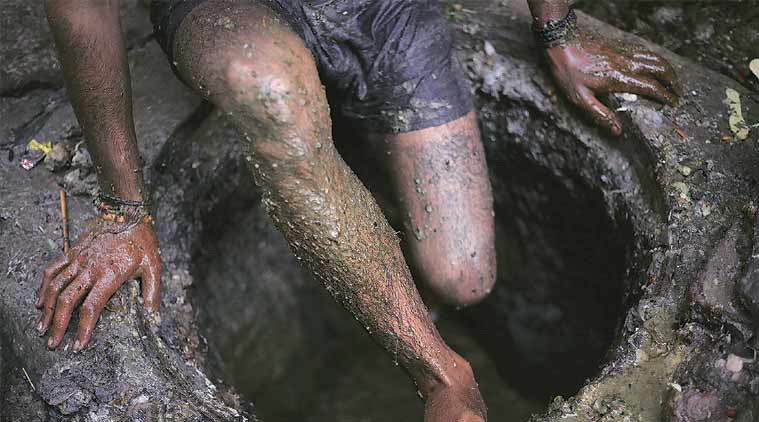 (Express Photo: Tashi Tobgyal)
(Express Photo: Tashi Tobgyal)
In South Delhi’s Lajpat Nagar, Rakesh Masicharan is still haunted by the sight of a manhole engorged with the bodies of three of his co-workers. He clenches his fist to show off the six silver rings on his fingers. In his 20 years of wading chest-deep in cesspools of faeces and muck, he says, he has had many a precious find of gold chains and rings, which get into manholes from the sinks and bathrooms. With a sheepish grin, he adds, “Iska laalach hai toh kaam kar paata hoon (The greed for these makes the work bearable).”
On that fateful day, in August this year, he was hired by a contractor who told him that the Delhi Jal Board (DJB) wanted blockage cleared along two dozen manholes. He and the three other boys were to get Rs 100 each per dhakkan (manhole lid). One of the boys lowered himself into the 20-ft-deep pit without a rope. Within minutes, he drifted from a state of unconsciousness to death. One by one, the remaining two, who rushed to the rescue, met the same fate. All three had underestimated the toxicity levels of the gases inside. “When police arrived, they tied a rope around my waist and asked me to go down to pull out one of the men who they said seemed to be still alive,” says Rakesh. The noxious cocktail of underground fumes knocked him out in no time but he was pulled out before it could snuff his life out.
Over the last three months in the country’s capital, deaths of 12 such workers have been reported inside manholes and septic tanks. The Delhi government only last month ordered a ban on manual cleaning of sewers. It, nonetheless, makes an exception for “unavoidable circumstances”, when “a written permission is required from a government agency for manual scavenging with proper safety measures”.
 (Express Photo: Tashi Tobgyal)
(Express Photo: Tashi Tobgyal)
Despite the ban, workers are still called to attend to clogged sewers outside homes. At Rohini in North Delhi, workers assemble every morning at 8 am with their crowbars at a chowki, where an idol of Shiva and a trishul stand next to empty liquor bottles.
“We start our workday by first getting drunk at this spot. Recently, an old man set up this small temple so that we stop drinking here. But how can anyone in their senses bear to do this job? Often, the houses that pay us to do the cleaning for them refuse to even give us water for the fear that we will pollute their utensils,” says Sunil, 28.
The 2013 Act noted that the 1993 law had “not proved adequate in eliminating… manual scavenging”. A closer reading of the law, however, shows that it, in fact, legitimatises the practice of using cheap and expendable Dalit workforce. Instead of insisting on the complete mechanisation of such hazardous cleaning, it states, “a person engaged or employed to clean excreta with the help of… protective gear… shall not be deemed to be a ‘manual scavenger’”.
The obligation of the employers, including that of municipal and government agencies and the railways, is limited to providing protective gear. The contracting of this work allows them to get away even from this obligation.
The Act itself doesn’t mandate what these protective gear are but the rules issued later list some 40 contraptions, including safety goggles and gum boots, full-body wader suit, gas monitor, airline breathing apparatus, search light, among others. Of the many sewer workers The Sunday Express interviewed in UP and Delhi — both those on contract and the municipal employees — not a single one ever recalls wearing any of these. In a store next to the Delhi Jal Board (DJB) head-office in Jhandewalan, officials show off the ‘protective gear’ in stock: two raincoat-like suits, a pair of hand gloves and heavy gumboots.
Ved Prakash, who heads the DJB Sewerage Workers Department Union, says, “It is impossible to enter the sewers wearing any of these as the sludge will easily seep in to the body through these. A compact breathable body suit costs anything upward of Rs 40,000. But when people are willing to strip down and enter the sewer for a few hundred rupees, who would invest on body suits or on machines?”
He blames the increasing informalisation of the work that has allowed civic agencies to employ men through contractors and thus escape their own responsibility in case of deaths or when it comes to providing protective gear, training, medical facilities, or decent pay.
“Look at the case of DJB itself. Twenty years ago, it had 8,000 permanent sewer workers; today the numbers are down to 2,200 even as the sewage network has grown manifold to 9,900 km. Even if you take one worker per kilometre, the numbers are grossly inadequate,” says Prakash.
The trouble also lies in the lack of a holistic approach to dealing with the problem and the solution. The Swachh Bharat Mission is implemented by the Ministry of Drinking Water and Sanitation by involving both the ministries of Urban Affairs and Housing as well as Rural Development. The Mission, however, has been policy-blind to the elimination of manual scavenging, which is only possible when the three ministries improve the sewage network and make it mandatory for local bodies to invest on mechanisation, besides ensuring that the livelihood of contract workers is protected. However, the subject of rehabilitation is currently dealt with in a silo by the Ministry of Social Justice.
Data on the Social Justice Ministry’s Self Employment Scheme for Rehabilitation of Manual Scavengers reflects this neglect: in 2013-14, Rs 557 crore was allotted for rehabilitating manual scavengers while only Rs 35 crore was spent. In subsequent years, there has been a steady dip in the allocation, and the spending is listed as nil. In 2016-17, the allocation is merely Rs 25 crore.
***
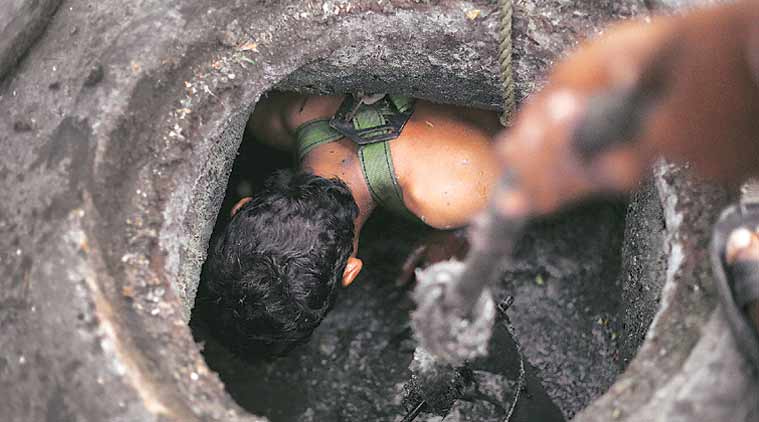 (Express Photo: Tashi Tobgyal)
(Express Photo: Tashi Tobgyal)
It’s 7.30 am. By now, the muck pouring out of the homes has brought the water levels up to Joney’s chest. He finishes with his last manhole for the day half an hour past his deadline. He will spend the rest of his shift, until 2 pm, waiting at the chowki where people come to complain about their clogged sewers. He walks over to a roadside eatery, grabs a hose, some washing powder, and gives himself a good scrub.
In the absence of any protective gear, workers usually slather oil over their bodies before entering the pit. “Our contractor gives us mustard oil once in a while but we take it home. I would rather use it to feed my family,” says Titu, looking on as a cycle-rickshaw carrying school girls drives by.
“My daughter will be three next year. I have to get her admitted to a school. This job will stop with me,” he says.
***
The Missing Numbers
13,368 manual scavengers, according to official data. But the Socio Economic Caste Census shows that in rural India alone, 1.82 lakh households have at least one member working as a manual scavenger. Census 2011 shows that 21 lakh households either dispose their night-soil in open drains or use dry latrines, both of which need to be serviced by manual scavengers.
12 people have died cleaning Delhi’s sewers and septic tanks over the last three months. But, according to data compiled by the Union Ministry of Social Justice and Empowerment, the Capital has zero manual scavengers.
70 is the number of fatalities of sewage workers in the seven years since 2010, according to the Centre. As per SKA, however, there have been 107 such deaths so far this year. SKA pegs the body count at 1,560 since 1993, when manual scavenging was first outlawed in India
Please note that under 66A of the IT Act, sending offensive or menacing messages through electronic communication service and sending false messages to cheat, mislead or deceive people or to cause annoyance to them is punishable. It is obligatory on kemmannu.com to provide the IP address and other details of senders of such comments, to the authority concerned upon request. Hence, sending offensive comments using kemmannu.com will be purely at your own risk, and in no way will Kemmannu.com be held responsible.
Similarly, Kemmannu.com reserves the right to edit / block / delete the messages without notice any content received from readers.
Rozaricho Gaanch April, 2024 - Ester issue

Final Journey Of Theresa D’Souza (79 years) | LIVE From Kemmannu | Udupi |

Invest Smart and Earn Big!
Creating a World of Peaceful Stay!
For the Future Perfect Life that you Deserve! Contact : Rohan Corporation, Mangalore.
Final Journey Of Joe Victor Lewis (46 years) | LIVE From Kemmannu | Organ Donor | Udupi |

Milagres Cathedral, Kallianpur, Udupi - Parish Bulletin - Feb 2024 Issue

Easter Vigil 2024 | Holy Saturday | St. Theresa’s Church, Kemmannu, Udupi | LIVE

Way Of Cross on Good Friday 2024 | Live From | St. Theresa’s Church, Kemmannu, Udupi | LIVE

Good Friday 2024 | St. Theresa’s Church, Kemmannu | LIVE | Udupi

2 BHK Flat for sale on the 6th floor of Eden Heritage, Santhekatte, Kallianpur, Udupi
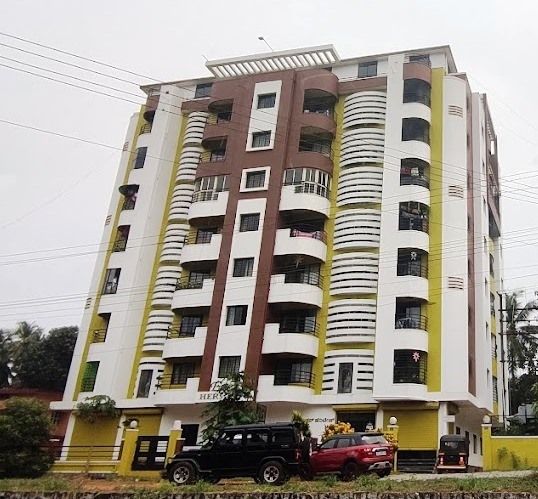
Maundy Thursday 2024 | LIVE From St. Theresa’s Church, Kemmannu | Udupi |

Kemmennu for sale 1 BHK 628 sqft, Air Conditioned flat

Symphony98 Releases Soul-Stirring Rendition of Lenten Hymn "Khursa Thain"

Palm Sunday 2024 at St. Theresa’s Church, Kemmannu | LIVE

Final Journey of Patrick Oliveira (83 years) || LIVE From Kemmannu

Carmel School Science Exhibition Day || Kmmannu Channel

Final Journey of Prakash Crasta | LIVE From Kemmannu || Kemmannu Channel
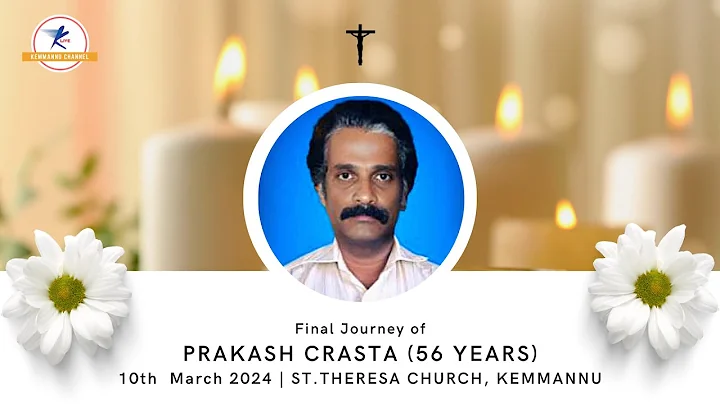
ಪ್ರಗತಿ ಮಹಿಳಾ ಮಹಾ ಸಂಘ | ಸ್ತ್ರೀಯಾಂಚ್ಯಾ ದಿಸಾಚೊ ಸಂಭ್ರಮ್ 2024 || ಸಾಸ್ತಾನ್ ಘಟಕ್

Valentine’s Day Special❤️||Multi-lingual Covers || Symphony98 From Kemmannu

Rozaricho Gaanch December 2023 issue, Mount Rosary Church Santhekatte Kallianpur, Udupi

An Ernest Appeal From Milagres Cathedral, Kallianpur, Diocese of Udupi

Diocese of Udupi - Uzvd Decennial Special Issue

Final Journey Of Canute Pinto (52 years) | LIVE From Mount Rosary Church | Kallianpura | Udupi
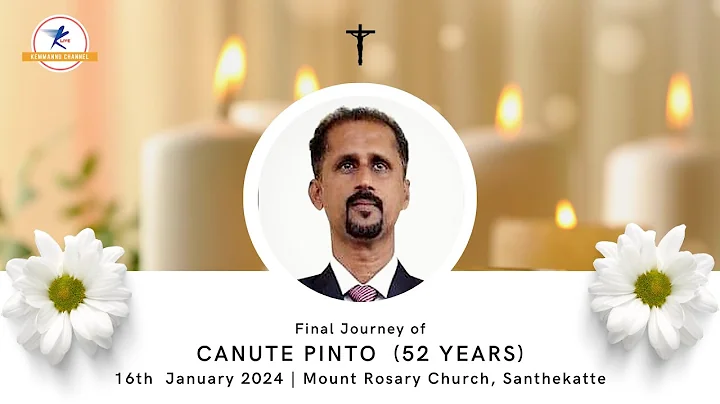
Earth Angels Anniversary | Comedy Show 2024 | Live From St. Theresa’s Church | Kemmannu | Udupi

Confraternity Sunday | St. Theresa’s Church, Kemmannu
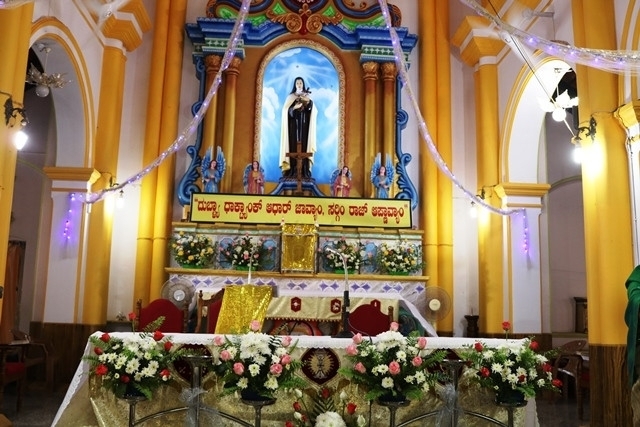
Kemmannu Cricket Match 2024 | LIVE from Kemmannu
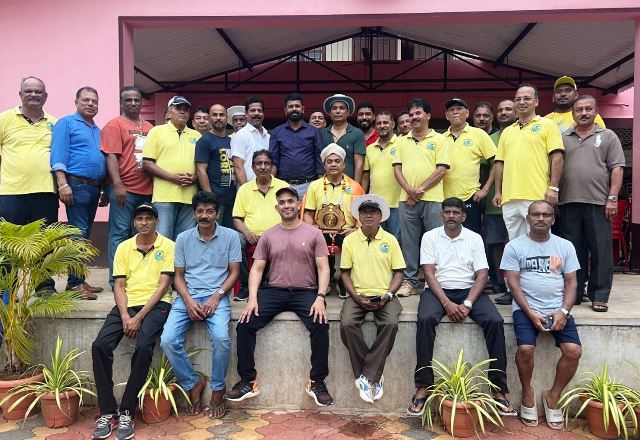
Naturya - Taste of Namma Udupi - Order NOW

New Management takes over Bannur Mutton, Santhekatte, Kallianpur. Visit us and feel the difference.

Focus Studio, Near Hotel Kidiyoor, Udupi


Earth Angels - Kemmannu Since 2023

Kemmannu Channel - Ktv Live Stream - To Book - Contact Here

Click here for Kemmannu Knn Facebook Link
Sponsored Albums
Exclusive
An Open ground ‘Way of the Cross’ observed in St. Theres’s Church, Kammannu. [Live-Streamed]
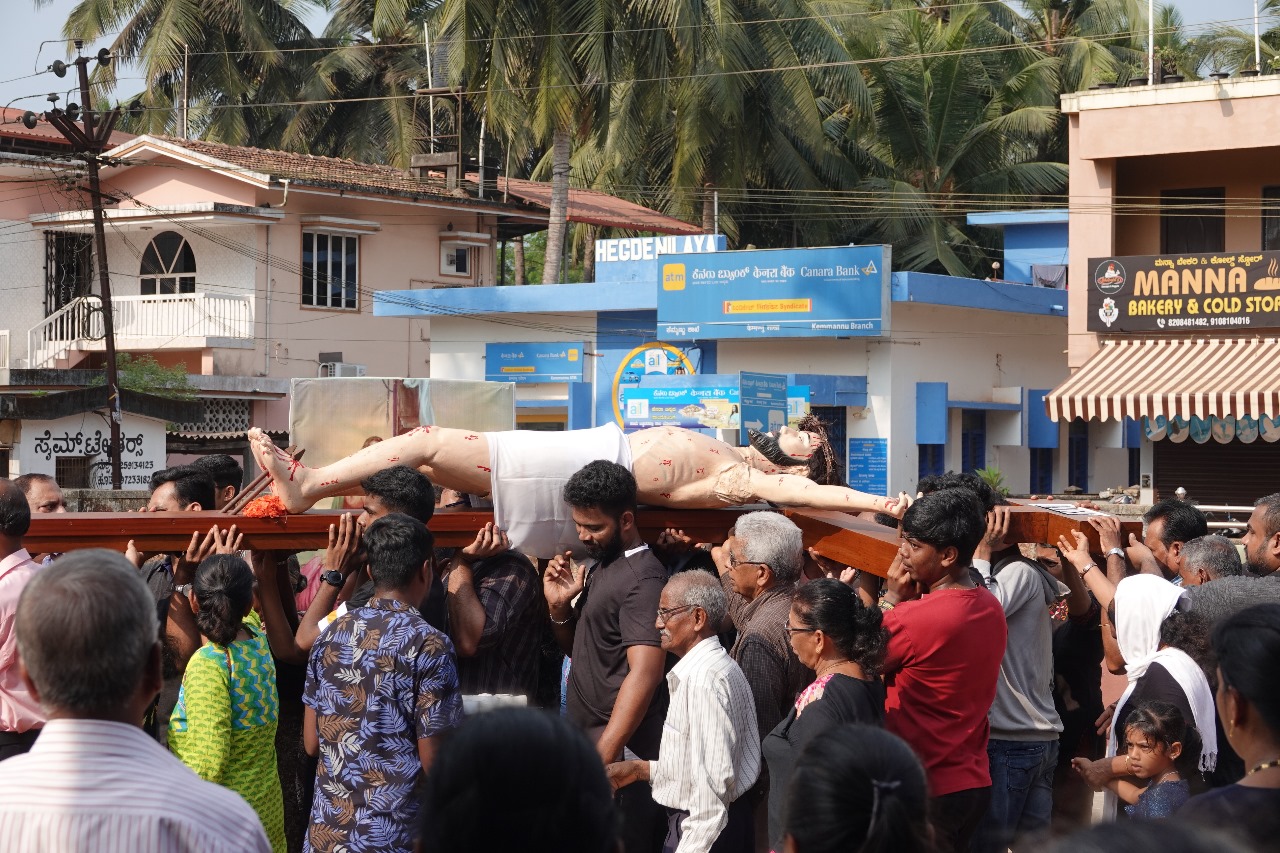
Udupi Bishop Most Rev. Gerald Issac Lobo Celebrates Palm Sunday at Kemmannu Church

The architect of various Churches, Schools, Hospitals and Colleges….. Msgr Denis Jerome D Souza.

Konknani Writers’ Association Literary Award Conferred on Dr. Gerald Pinto
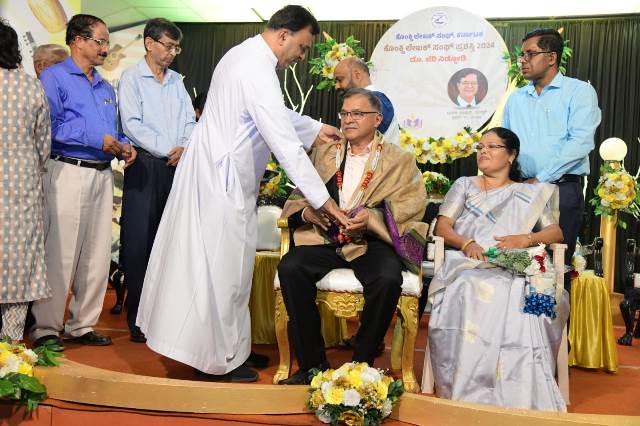
Celebrating Love Across Languages: A Valentine’s Day Special

Udupi: Kemmannu.com Journo Richard D’Souza Felicitated by Paryaya Sri, Sri Sugunendra Tirtha Swamiji.
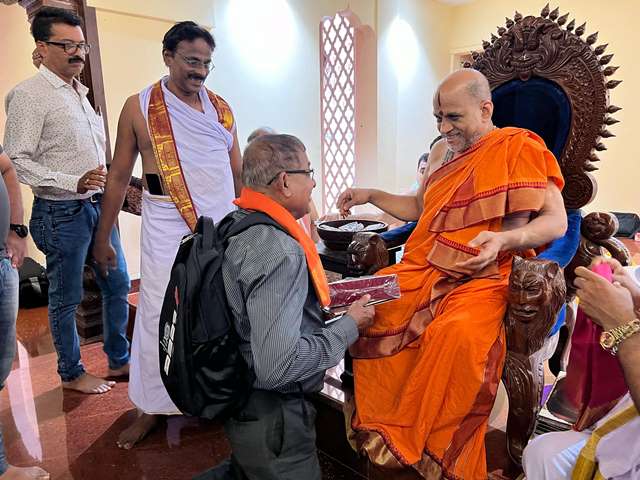
Let the unity of senior players be an example to the youth - Gautham Shetty - Alfred Crasto Felicitation - Match Livestream.
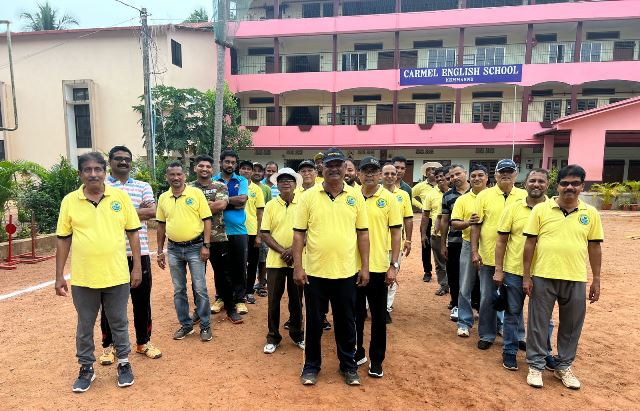
Bali, Indonesia: Royal Singaraja Award to Mangalorean NRI Philanthropist Dr. Frank Fernandes. [Video]

MTC - Milagres towards Community – An Outreach program on 14th December, 2023
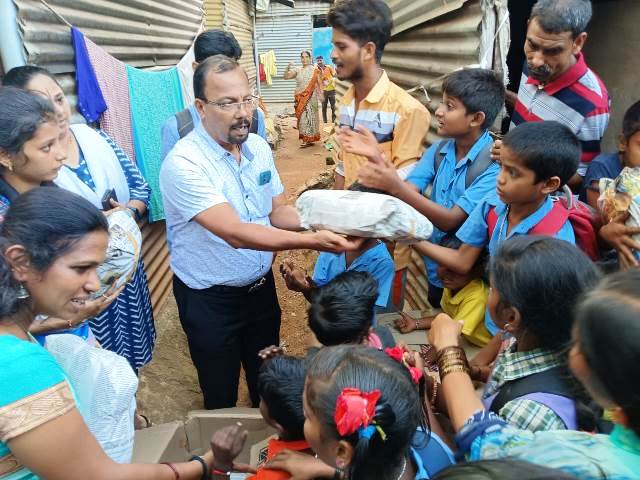
 TODAY -
TODAY -

 Write Comment
Write Comment E-Mail To a Friend
E-Mail To a Friend Facebook
Facebook Twitter
Twitter  Print
Print 